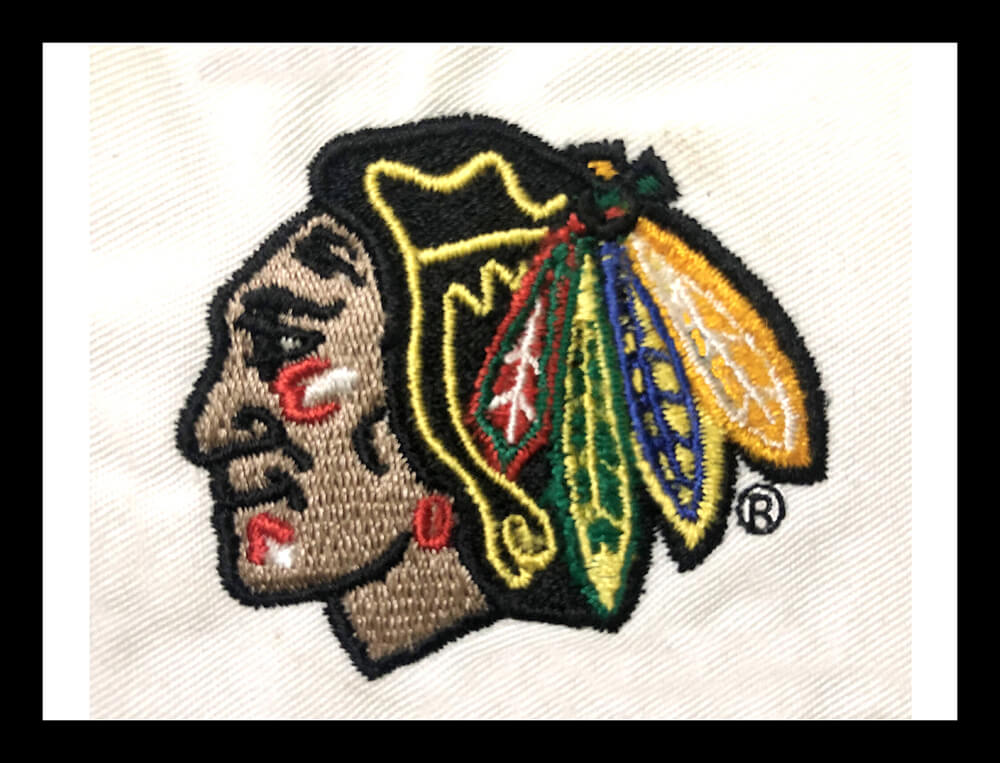Top-Rated Digitizing for Embroidery: Perfect Stitch Every Time
Top-Rated Digitizing for Embroidery: Perfect Stitch Every Time
Blog Article
Streamlining the Art of Embroidery Digitizing: Step-by-Step Guide
As innovation proceeds to advancement, the digitization procedure has actually ended up being extra accessible, allowing lovers to bring their detailed styles to life with ease. In this guide, we will decipher the intricacies of embroidery digitizing, damaging down each action systematically to streamline the procedure and empower both newbies and seasoned embroiderers alike.
Comprehending Needlework Digitizing Software Program
Embroidery digitizing software application functions as a critical device for changing elaborate layouts into digital layouts suitable with embroidery equipments, helping with specific stitching and customization. This specific software application enables users to import different picture documents layouts, such as JPG or PNG, and convert them right into embroidery machine-readable formats like DST, EXP, or PES - Digitizing for Embroidery. By utilizing functions like stitch editing, rug options, and string color selection, digitizing software makes it possible for individuals to regulate every facet of the layout procedure
Furthermore, progressed embroidery digitizing software program uses devices for producing complicated layouts, readjusting stitch density, and integrating elaborate information. Users can additionally preview the style before sewing it out, guaranteeing precision and lessening errors. Furthermore, numerous software application give automated features that aid improve the digitizing process, saving effort and time.
Recognizing the capacities of embroidery digitizing software is crucial for achieving high-grade lead to needlework jobs. By understanding this device, embroidery fanatics and professionals can release their creative thinking and bring intricate designs to life with precision and efficiency.

Choosing the Right Design Data
After acquainting on your own with the capabilities of embroidery digitizing software, the following vital action in the procedure is picking the best layout declare your task. Digitizing for Embroidery. When choosing a design declare embroidery digitizing, it's necessary to think about the intricacy of the style, the size of the end product, and the sort of fabric you will be working with
For elaborate designs with fine details, a high-resolution photo or vector data is suggested to make certain that the needlework machine can accurately replicate the design. Additionally, the size of the end product plays a significant role in choosing the right style documents. Bigger layouts might require greater resolution documents to keep quality and sharpness.
In addition, the sort of material you will be stitching on influences the selection of layout documents. Different textiles may call for modifications in the layout documents to make certain that the stitches this contact form are properly aligned and the layout appears as planned. By thoroughly choosing the ideal style file based on these factors, you can establish yourself up for an effective needlework digitizing process.
Digitizing Tools and Strategies
Using specialized software and accuracy strategies, digitizing tools are important in transforming complex designs into embroidery-ready data. Needlework digitizing software program, such as Wilcom, Hatch, or Embrilliance, offers the required system to convert artwork into stitch information. These programs provide features like stitch editing and enhancing, padding options, and lettering devices to ensure the style equates seamlessly onto fabric.
Among the crucial methods in digitizing is creating a clear path for the needlework device to follow. This includes digitizing each component of the design with precision, establishing stitch types, thickness, and directions. By utilizing devices like digitizing tablet computers or software-specific plugins, embroiderers can attain a high level of precision in their digitized styles.
Moreover, understanding the art of underlay sewing is crucial for generating high quality embroidery. Underlay sewing supports the fabric and produces a structure for the style, ensuring that the end product is both aesthetically attractive and resilient. By comprehending these digitizing devices and methods, embroiderers can raise their craft and bring complex styles to life with accuracy and effectiveness.
Tailoring Stitch Kinds and Instructions
Having actually established a structure in digitizing devices and strategies, an important aspect in advancing embroidery workmanship hinges on personalizing stitch types and instructions with precision and function. The choice of stitch types can considerably affect the general look and appearance of the embroidered design. Satin stitches, understood for their smooth and glossy coating, job well for developing borders and message. On the various other hand, fill stitches are excellent for covering larger areas successfully. By purposefully combining these stitch kinds, embroiderers can accomplish depth and dimension in their layouts.
Moreover, the direction of stitches plays a Get the facts vital role in improving the aesthetic charm of the final needlework. By experimenting with different stitch angles and patterns, embroiderers can bring their layouts to life with impressive detail and intricacy.
Testing and Refining Your Digitized Design
To ensure the accuracy and quality of your digitized layout, extensive screening and refinement are crucial steps in the needlework digitizing process. When you have completed the digitization of your design, it is critical to evaluate it prior to waging the actual embroidery. Examining allows you to determine any possible issues such as thread breaks, sew density troubles, or style distortions Our site that might impact the outcome.

After testing, it is necessary to improve your digitized style based upon the responses from the examination sew-out. This may include tweaking sew setups, readjusting densities, or making changes to the general design to attain the preferred result. By repeating through screening and refinement, you can adjust your digitized design to perfection prior to relocating ahead with the actual needlework process.
Conclusion
To conclude, understanding the art of embroidery digitizing needs an extensive understanding of the software program, choosing the appropriate design data, making use of digitizing devices and methods, tailoring stitch kinds and directions, and testing and improving the digitized style. By following these actions, embroiderers can streamline the digitizing process and produce high-quality embroidered styles with precision and effectiveness.
Report this page